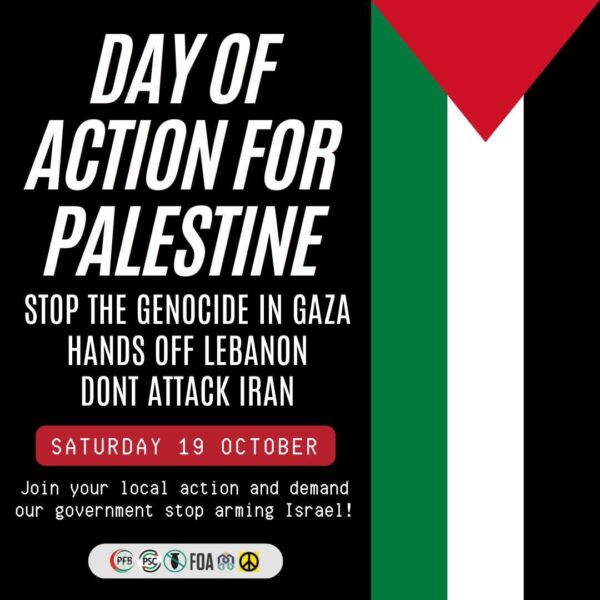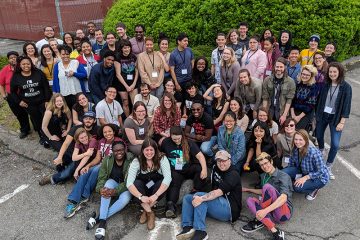Understanding the Current Situation in Palestine

Introduction
The situation in Palestine remains a pressing global issue, marked by decades of conflict and struggle for statehood and recognition. The complex interplay of historical, political, and social factors continues to shape the lives of millions living in this region. Understanding the current dynamics of the Palestine conflict is crucial not only for policymakers but also for citizens around the world who seek to comprehend the challenges faced by the Palestinian people.
Current Developments
As of the end of 2023, the situation in Palestine has seen significant developments. Tensions have been heightened due to military operations in the West Bank and ongoing disputes over land, notably in East Jerusalem. Recent clashes between Israeli settlers and Palestinian families have resulted in numerous injuries and have drawn widespread condemnation from international communities. Amnesty International has reported an increase in human rights abuses, prompting calls for urgent attention and action.
New diplomatic efforts are underway, spearheaded by various nations advocating for a two-state solution. The recent meeting held by the United Nations aimed at addressing the deteriorating situation was notable for the breadth of participation from both Western and Middle Eastern countries. However, divisions among Palestinian factions, particularly between Fatah and Hamas, continue to hinder a unified front in peace negotiations.
Global Response and Implications
The global response to the events in Palestine is multifaceted. Nations are grappling with their positions, with some expressing strong support for Israel’s right to defend itself while others denounce the military occupation and advocate for Palestinian rights. Public protests have erupted worldwide in solidarity with the Palestinian cause, signaling a growing international awareness and activism surrounding these issues.
Economically, the blockade of Gaza has contributed to crippling living conditions for many Palestinians, leading to increased humanitarian needs. Aid organizations continue to report on the dire circumstances faced by residents, emphasizing the need for sustained international support and intervention.
Conclusion
The situation in Palestine remains complex and fluid, with no simple solutions in sight. As we move into 2024, the hope for renewed dialogue and peaceful resolution seems distant, yet crucially important. Engaging with the ongoing developments in Palestine is vital for fostering greater understanding and empathy towards those affected by this long-standing conflict. Only by acknowledging the historical roots and urgent human rights concerns can the international community hope to facilitate a lasting and just resolution for all parties involved.









